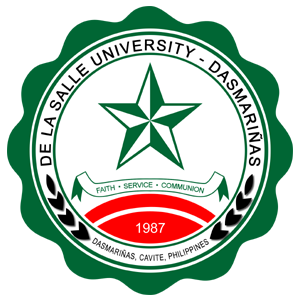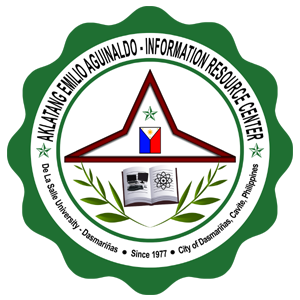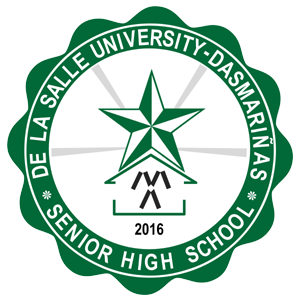MARC details
| 000 -LEADER |
|---|
| fixed length control field |
04278nam a22002177a 4500 |
| 003 - CONTROL NUMBER IDENTIFIER |
|---|
| control field |
OSt |
| 005 - DATE AND TIME OF LATEST TRANSACTION |
|---|
| control field |
20250610110050.0 |
| 008 - FIXED-LENGTH DATA ELEMENTS--GENERAL INFORMATION |
|---|
| fixed length control field |
250610b |||||||| |||| 00| 0 eng d |
| 020 ## - INTERNATIONAL STANDARD BOOK NUMBER |
|---|
| International Standard Book Number |
9781032380582 |
| 040 ## - CATALOGING SOURCE |
|---|
| Language of cataloging |
LCC |
| Transcribing agency |
HS LRC |
| 050 ## - LIBRARY OF CONGRESS CALL NUMBER |
|---|
| Classification number |
QH 323.5 |
| Item number |
.B622 2024 |
| 245 ## - TITLE STATEMENT |
|---|
| Title |
Mathematical Methods for Life Sciences / |
| Statement of responsibility, etc. |
Bisi, Cinzia -- |
| 250 ## - EDITION STATEMENT |
|---|
| Edition statement |
1st edition. |
| 260 ## - PUBLICATION, DISTRIBUTION, ETC. (IMPRINT) |
|---|
| Place of publication, distribution, etc. |
Boca Raton, Florida, USA : |
| Name of publisher, distributor, etc. |
CRC PRESS, |
| Date of publication, distribution, etc. |
(c) 2024. |
| 300 ## - PHYSICAL DESCRIPTION |
|---|
| Extent |
xiii, 231p. ; |
| Other physical details |
illustrations : |
| Dimensions |
23cm. |
| 504 ## - BIBLIOGRAPHY, ETC. NOTE |
|---|
| Bibliography, etc |
Includes bibliography. |
| 505 ## - FORMATTED CONTENTS NOTE |
|---|
| Formatted contents note |
1. Functions in applied sciences. 1.1. The concept of function. 1.2. Linear functions. 1.3. Polynomial functions. 1.4. Rational functions and algebraic functions. 1.5. The exponential and logarithmic functions. 1.6. Malthusian Law. 1.7. Elementary trigonometric functions. 1.8. Exercises with solutions. 1.9. Suggested Exercises. 2. Limits and Derivatives. 2.1. Limits. 2.2. Properties of limits and standard limits. 2.3. Indeterminate forms. 2.4. Continuity. 2.5. Derivative of a function. 2.6. Derivability and Continuity. 2.7. De L’Hopital’s Rule. 2.8. Derivative of the Inverse Function. 2.9. Exercises with solutions. 2.10. Suggested Exercises. 2.11. Appendix: Derivation rules. 2.12. Appendix: Derivatives. 2.13. Appendix: Theorems on limits. 3. Applications of the derivative. 3.1. The linear approximation. 3.2. The derivative as rate of change. 3.3. Local Maxima and Minima. 3.4. Graph sketching. 3.5. Optimization. 3.6. Exercises with SolutionsSuggested Exercises. 3.7. Appendix: Theorems of differential calculus. 4. Integrals. 4.1. The Definite Integral. 4.2. Properties of the definite integral. 4.3. The Fundamental Theorem of Calculus. 4.4. Integration by substitution. 4.5. Integration by parts. 4.6. Integration of rational functions. 4.7. Integration of trigonometric functions. 4.8. Applications. 4.9. Exercises with solutions. 4.10. Suggested Exercises. 4.11. Appendix: Indefinite integrals. 4.12. Appendix: Theorems on integral calculus. 5. First order differential equations. 5.1. First order equations. 5.2. The Cauchy problem. 5.3. Direction field. 5.4. Separable Equations. 5.5. Newton’s law of cooling. 5.6. Linear equations. 5.7. Mixing problems. 5.8. Malthusian laws and population dynamics. 5.9. Homogeneous equations. 5.10. Autonomous differential equations. 5.11. The Logistics Model. 5.12. Solution of the logistic equation. 5.13. Exercises with solutions. 5.14. Suggested exercises. 6. Second order differential equations. 6.1. Cauchy’s Theorem. 6.2. The Wronskian. 6.3. Homogeneous linear equations. 6.4. Linear equations. 6.5. Linear equations with constant coefficients. 6.6. Equations with constant coefficients: the general case. 6.7. Simple harmonic motion. 6.8. Harmonic motion with external force. 6.9. Damped harmonic motion. 6.10. Exercises with Solutions. 6.11. Suggested Exercises. 6.12. Appendix: Linear Systems. 7. Elementary Statistics. 7.1. Populations and Variables. 7.2. Absolute Frequencies and Percentages. 7.3. Graphical representation of data. 7.4. Mode, Average, and Median. 7.5. Variance and standard deviation. 7.6. Quartiles and Interquartile Range. 7.7. Normal Distribution. 7.8. Exercises with solutions. 7.9. Suggested Exercises. A. Solutions of some exercises. |
| 520 ## - SUMMARY, ETC. |
|---|
| Summary, etc. |
Mathematical Methods for Life Sciences introduces calculus, and other key mathematical methods, to students from applied sciences (biology, biotechnology, chemistry, pharmacology, material science, etc). Special attention is paid to real-world applications, and for every concept, many concrete examples are provided. The book does not aim to enable students to prove theorems and construct elaborate proofs, but rather to leave students with a clear understanding of the practical mathematics behind the power of optimization, dynamical systems, and all the predictive tools these theories give rise to.<br/><br/>Features<br/><br/>No prerequisites beyond high school algebra and geometry<br/>Could serve as the primary text for a first-year course in mathematical methods for biology, biotechnology, or other life sciences<br/>Easy to read: the students may skip all the proofs and go directly to key examples and applications |
| 650 ## - SUBJECT ADDED ENTRY--TOPICAL TERM |
|---|
| Source of heading or term |
Biological systems -- Mathematical models. |
| 942 ## - ADDED ENTRY ELEMENTS (KOHA) |
|---|
| Source of classification or shelving scheme |
Library of Congress Classification |
| Koha item type |
Books |










